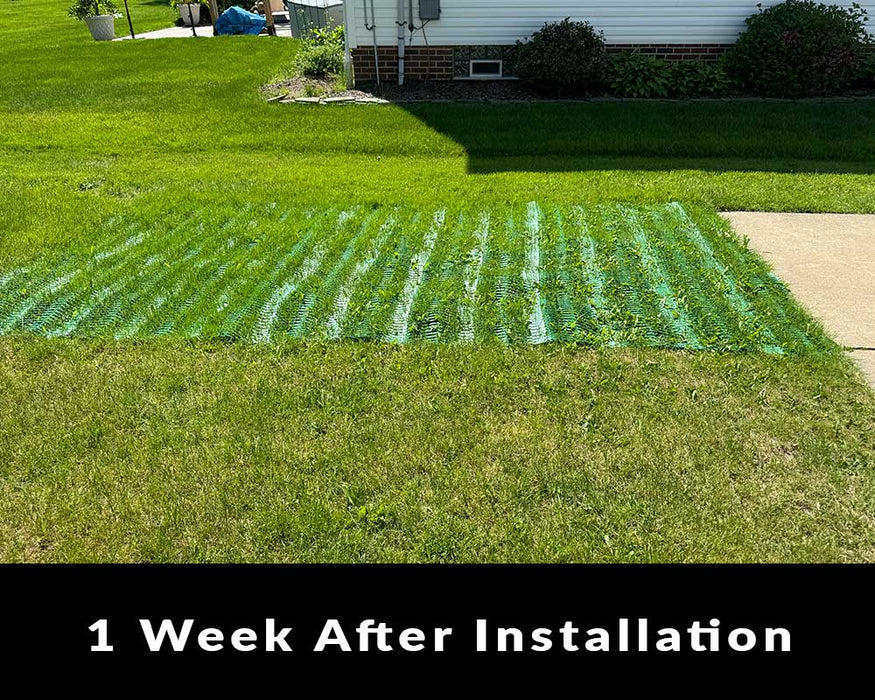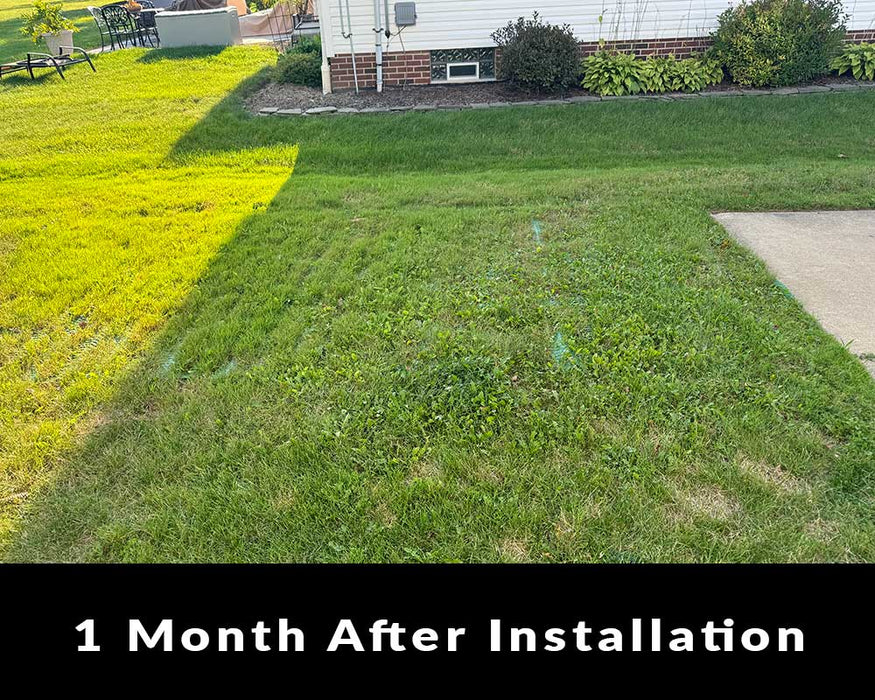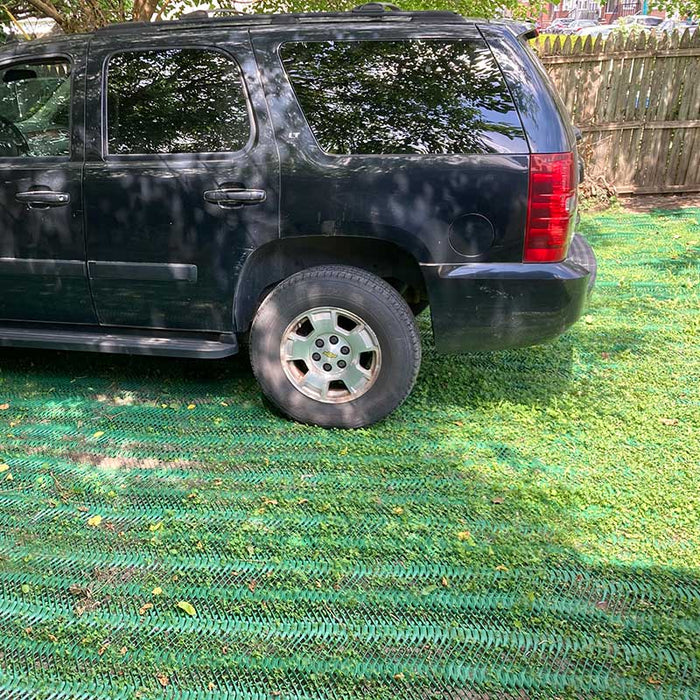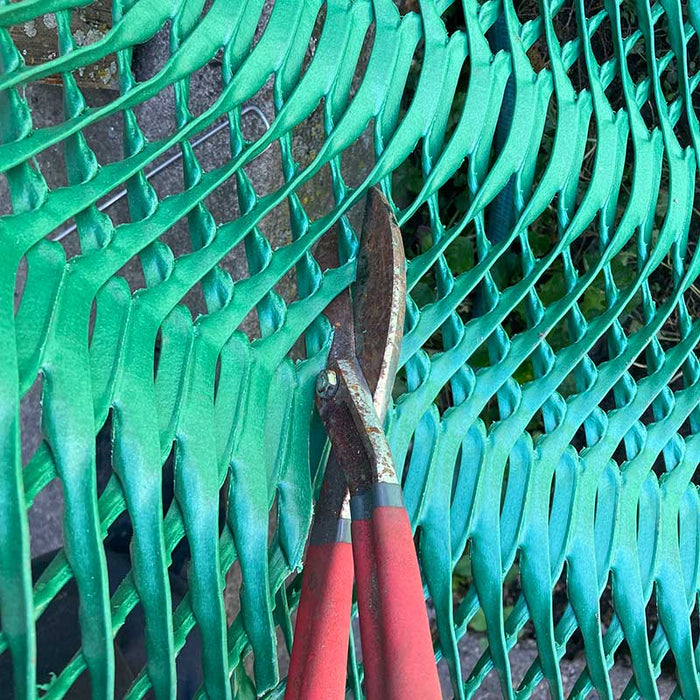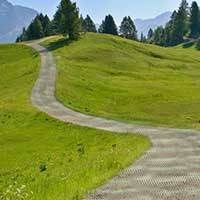Grass Protection Mesh
FREE SHIPPING
MudStop™ Grass Protection Mesh (also known as "lawn protection netting") is a heavy grade mesh used to protect grass from vehicular and pedestrian traffic. This mesh is manufactured from HDPE plastic and helps distribute the vehicle's weight over a wider area, which helps to prevent rutting, sinking, and grass root damage. The mesh is UV resistant and flexible allowing the material to conform to the grass area.
The grass protection mesh is ideal for installations in parking areas that experience daily and/or frequent traffic. Typical applications include commercial parking areas, residential parking, RV parking, public pedestrian pathways, and more. This product can also be used for dog runs as the mesh openings are small enough to keep even smaller dog paws from slipping through. This product is made in America.
***For use on flat surfaces only***
Size: 6.7' x 25' (167.5 SF)
Roll Weight: 60 lbs
Staples Not Included




